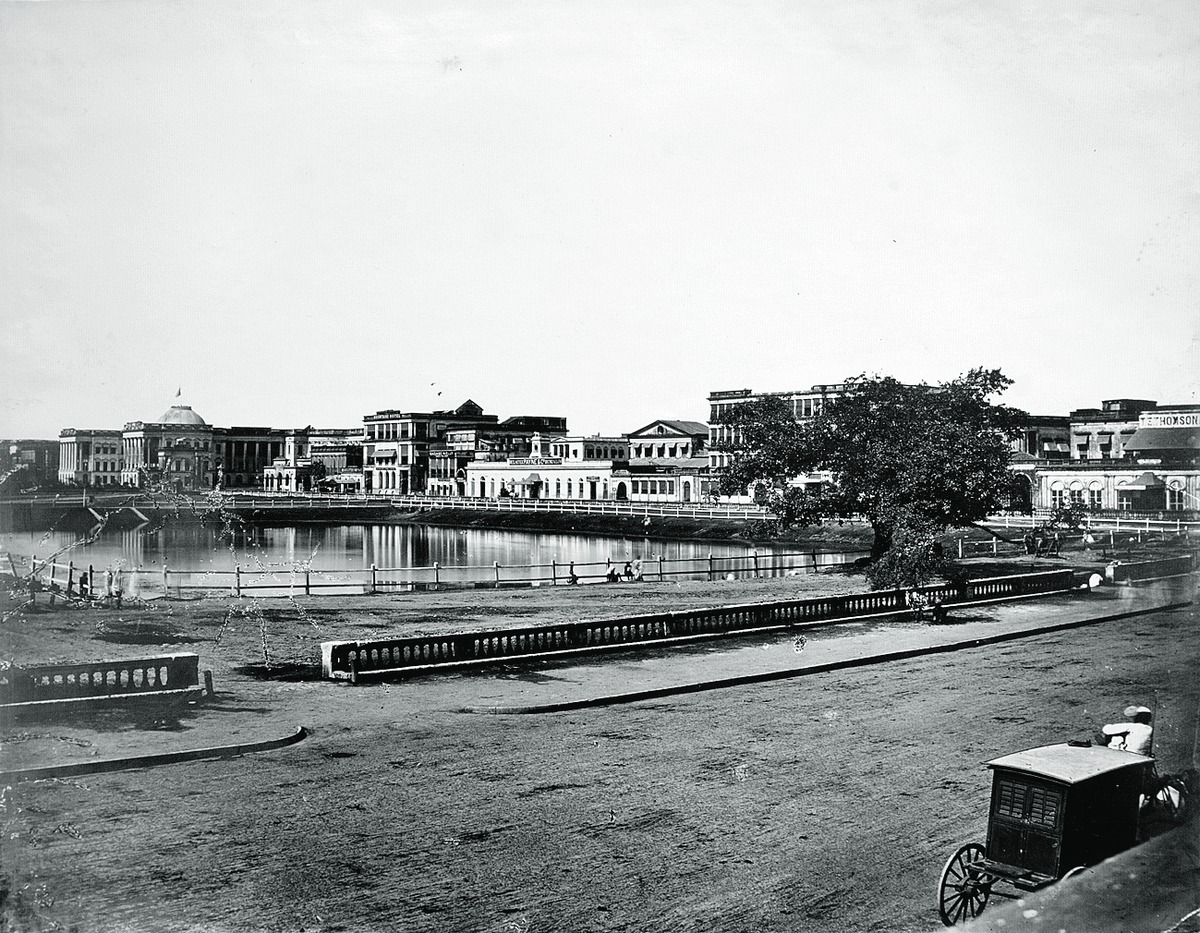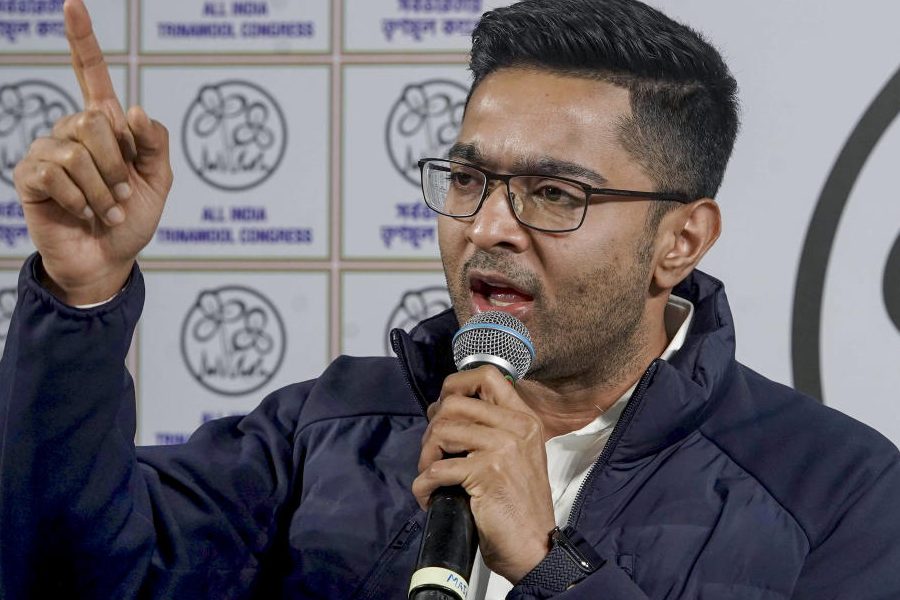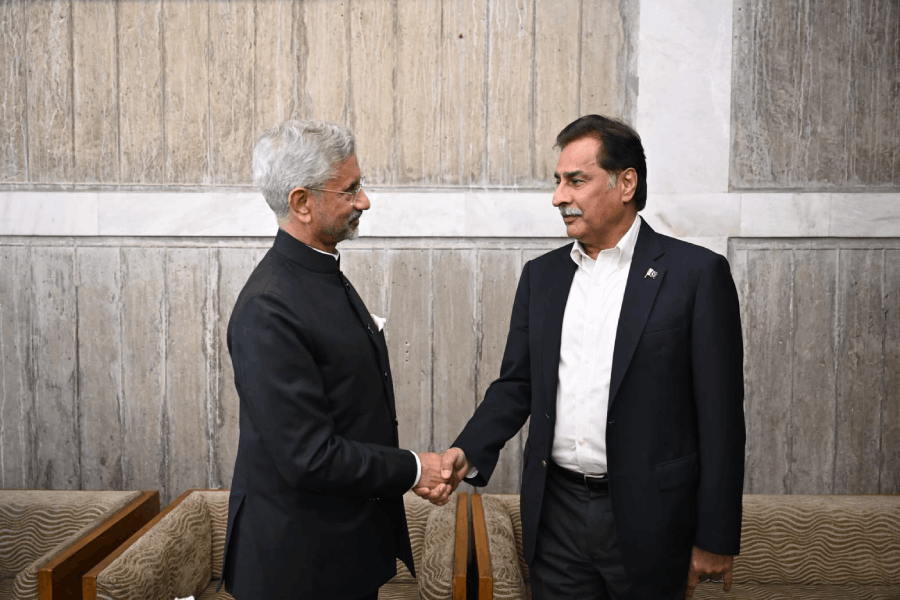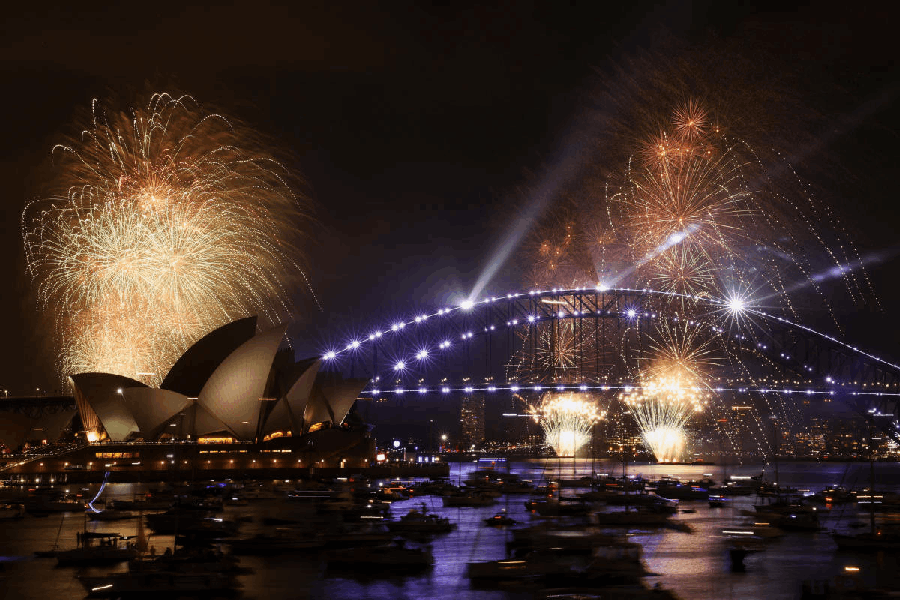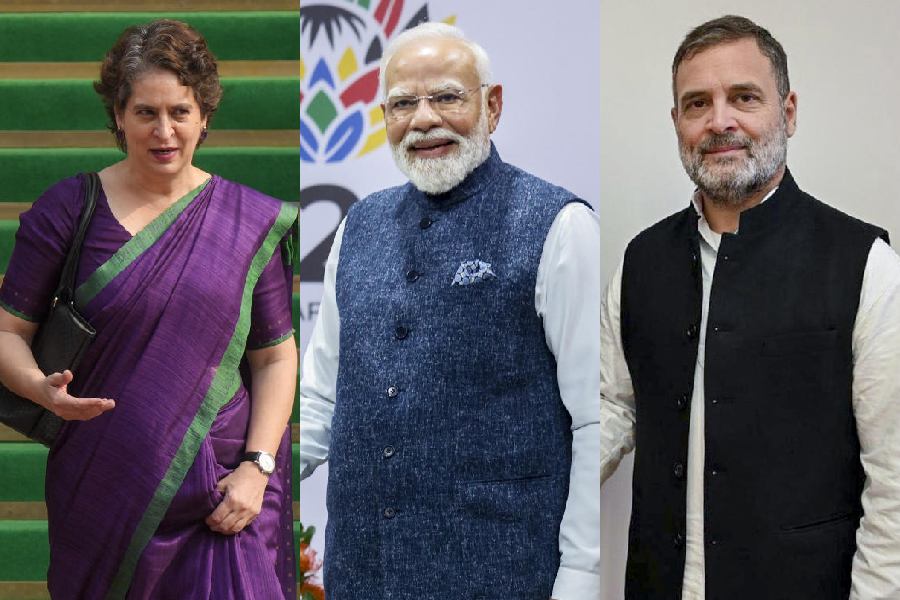
The past is a foreign country... But old photographs and contemporary accounts are capable of reversing the forward march of time and taking us back to the days we thought were unreachable. This is how visitors may have felt at the recent exhibition, Frozen in Time: Late-Nineteenth and Early-Twentieth Century Photographs of Calcutta and its Neighbouring Areas, held at the Victoria Memorial Hall.
In the opening chapter of Mahasthabir Jatak, which is based on incidents that occurred at the end of 19th century, Premankur Atorthi had written: "... On the spot where Curzon Park is located today, a huge tank existed, and that was where the Maidan began..." That water body was known as Dharamtalla tank (picture), and it is photographs such as these which show views of the city that time has obliterated forever that made the sumptuous exhibition even more interesting. The shot shows Esplanade East lined with mansions disposed along the north, and the dome of Government House (Raj Bhavan) in the distance. Save the horse carriage on the right hand corner, and a solitary human being near the tank, there is not a soul in sight, in stark contrast with the views of bustling Burrabazar (Harrison Road) and Chitpur - the native quarters - which have changed very little over the years.
According to Ranu Roychoudhuri, who curated this rare exhibition of 97 digitized versions of the gelatine silver prints of photographs by Bourne & Shepherd (27 prints) and Johnston & Hoffman, the latter prints were gifts from the Maharaja of Burdwan, while the Bourne & Shepherd prints were purchased by VMH from their studio. The Johnston & Hoffman album was compiled earlier.
The exhibition affords the delight of recognizing familiar landmarks, which, in spite of the accretion of urban clutter in the intervening years, are still identifiable. Writers' Buildings is without its familiar facade, but Laldighi is definitely there. The tank, said to be older than the city, is present in the image of the General Post Office, although one side of it is cluttered with the debris of a mela organized almost two years ago. The screen of trees that surrounds Government House today was yet to be planted, and Old Court House Street in front of it is lined with shops that stocked high-end merchandise.
The building of the Medical College Hospital had already come up, but before it is several rows of hutments with pantile roofs. Atorthi wrote: "In front of Goldighi, where the (Calcutta) university's Asutosh Bhaban is located today, was Madhabbabu's bazaar." The strand was a promenade and on the Hooghly are anchored huge steamships with their sails furled. The pontoon bridge connected Howrah with the city, and the high court was under construction. There are several shots of Chowringhee and Esplanade from various angles, the most arresting being the one taken from the ramparts of Fort William. The Ochterlony Monument (Shaheed Minar) is ever-present in all these frames.
A narrow train track passes through the grounds of Alipore jail, which the state government seeks to turn into real estate now. Serampore College has been erroneously identified as a building inside the Medical College compound, and that was never "Rainey Castle". The past can be puzzling.

